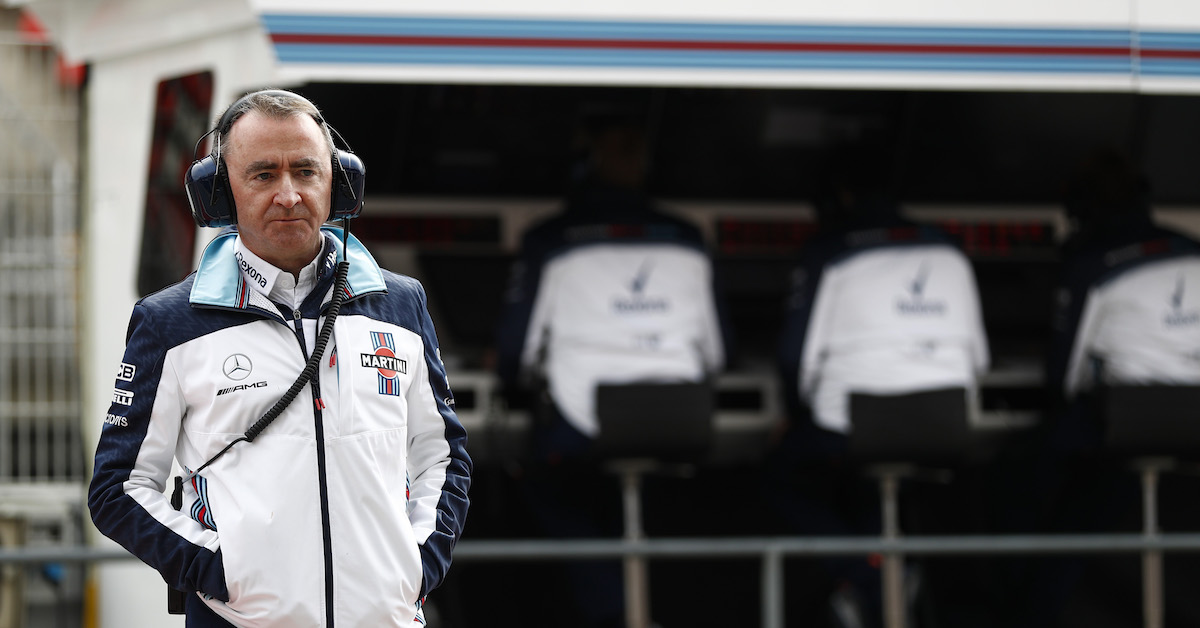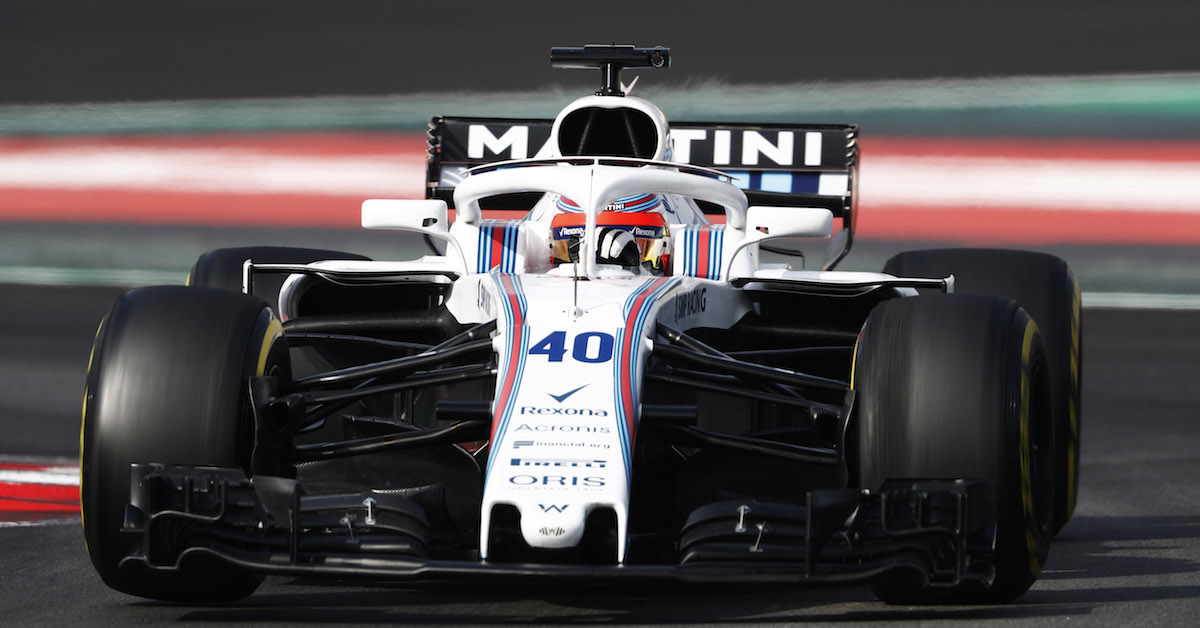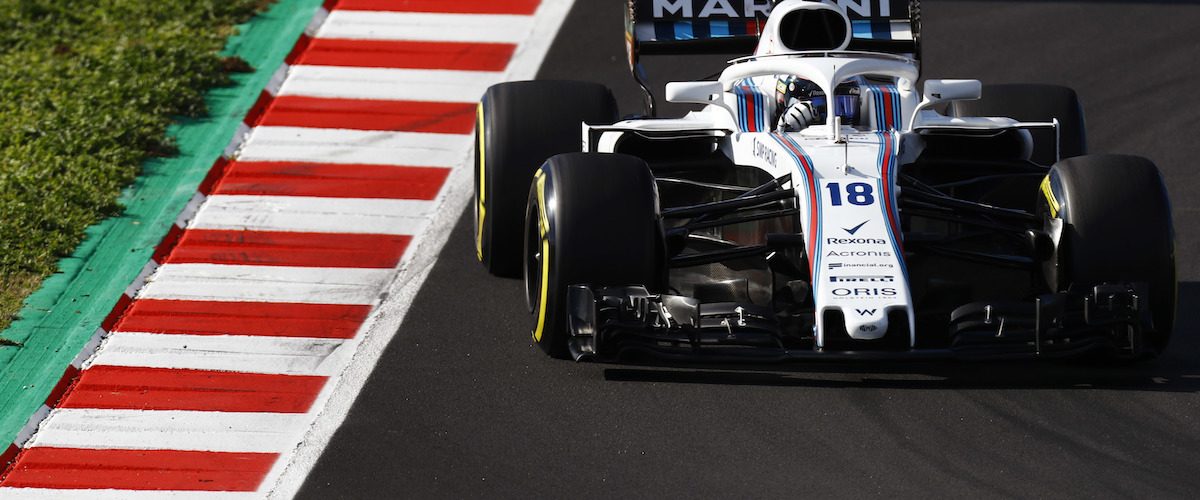Despite the fans’ preoccupation with lap times, new color schemes and comparing one race car to another, the teams focused on testing system performance to prepare the new car in the best possible way for the first round in Melbourne — where the real speed will be revealed.
“It’s a difficult time for engineers,” says Paddy Lowe, Chief Technical Officer at Williams Martini Racing. “You work very hard on your car. You feel like you’ve done the best you possibly could. But you don’t know where you sit in the competitive space.
“The most critical hour in the hole year is the [the season’s first] qualifying session in Australia. This one hour is when you find out the answer to the question about how good a job you’ve done.
“There is a great sense of relief at the end of the first qualifying session. If you did a good job and came on top, then, of course, you’re happy. But even if you’ve done not as good a job, at least you understand what you have to do.”
Lowe returned to Williams in March 2017 after three and a half years with Mercedes, the team that won the last four Constructors’ Championships. Since it was already too late to influence the development of the last year’s car, he concentrated his focus on the new FW41 to such an extent that it was christened as “Paddy’s car” by the team’s vice principal Claire Williams.
“The pressure is on Paddy Lowe and the engineering team to deliver,” Williams said last week.

Lowe himself is confident that a new approach to the design philosophy of this year’s challenger will pay dividends when racing kicks off in earnest.
“The FW41 does involve a number of departures from the directions that have been pursued in the past,” said Lowe at last month’s car launch. “The philosophy we are starting to see emerge is a new approach to the collaboration between aerodynamics and design to achieve the optimum working result.”
The team finished fifth in the Constructors’ Championship last year, a more than respectable result given the might of Mercedes, Ferrari, and Red Bull Racing. Yet Williams is always striving for more in a bid to resurrect the glory days of the 1980s and 1990s.
“It doesn’t mean we’re unhappy with the last year’s car,” added Lowe. “You have to keep on finding lap time in order to move forward and be competitive every year.
“It’s part of progress. It’s a new direction in regards to packaging, and aerodynamics curving in particular. We found a lot more volume, which we translated into more performance.”
Rob Smedley, Head of Vehicle Performance at the Williams Martini Racing, is also encouraged by the new direction, hinting that it is designed to close the gap between Williams and the teams in front.
“We have to evolve more quickly than we did in the past. The principal thing is that as long as we’re closing the gap by making step changes where needed, and sustaining evolution of ideas, it’s the right thing to do. We’re not shy of making changes,” said Smedley.
“If you compare our last year’s car to the fastest cars in 2017, it was clear we had to make revolutionary changes around the front furniture area, side pods, and other parts in order to generate more efficient downforce.

“In order to do that, we had to free up space inside the bodywork. Aerodynamics is one of the principal performance gains we could make, but to make those gains, we had to make the packaging gain underneath the bodywork so that the aerodynamics guys could have more freedom. It was a very collaborative process between design and aerodynamics.
“Whether it puts us in a different position or not, you don’t know because you don’t know what the other teams have done.”
The team will have to wait till the qualifying session in Melbourne to find out. Moving up in Formula 1, however, in the words of Claire Williams, is a long process, “it’s like moving a Titanic.”
Williams has spent precious time in putting the right people together in order to maximize results on the track. Smedley himself is a great example.
“I worked in a team where we’ve been very successful to the point of dominance in winning world championships,” added Smedley, referring to his previous engineering positions at Scuderia Ferrari. “For me, the beauty of Formula 1 is the challenge that it offers: technology, engineering, organization, and strategy. It was something that I really wanted to get my teeth into coming back to Williams.”
There is also significant focus given to supporting young drivers Sergey Sirotkin and Lance Stroll, helping them to get the best out of what the new FW41 has to offer.
“Out team, in its senior ranks, has enough breadth, depth, and technical knowledge also to support the drivers at a correct level. Having Robert Kubica as a reserve driver on board is also a great asset. His super experience and general Formula 1 knowledge are going to contribute to our whole driver feedback,” said Smedley.
Will the new approach and new direction pay off in 2018? Only time will tell.
Top Image: © Glenn Dunbar/Williams F1.



